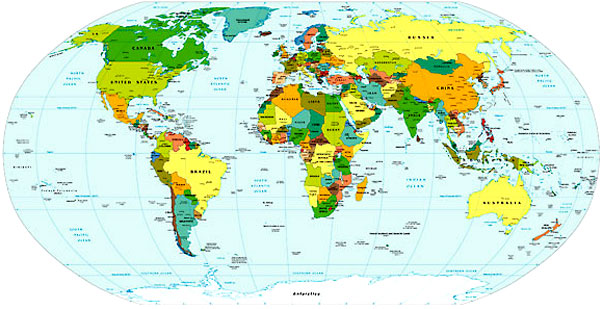 I have to admit that when I first heard of Micronesia I thought it was an odd name. It's not really a weird name. But my associations turned it into "small amnesia" in my mind. Forgive me. Perhaps appropriately, given my associations, I had no idea the country was so close to Australia—it’s just north of Papua New Guinea. Somehow I thought it was off in another part of the Pacific. I live to be corrected—vague impressions always need remedying. Today is Micronesia’s Independence Day—marking the day on which they attained independence in 1986. Prior to that the country was a United Nations Trust Territory, under US administration. The capital is Palikir—the city’s population is under 5000 people, and is located on the island of Pohnpei. Micronesia has hundreds of islands, by the way. And no, I’m not going to name them all.
I have to admit that when I first heard of Micronesia I thought it was an odd name. It's not really a weird name. But my associations turned it into "small amnesia" in my mind. Forgive me. Perhaps appropriately, given my associations, I had no idea the country was so close to Australia—it’s just north of Papua New Guinea. Somehow I thought it was off in another part of the Pacific. I live to be corrected—vague impressions always need remedying. Today is Micronesia’s Independence Day—marking the day on which they attained independence in 1986. Prior to that the country was a United Nations Trust Territory, under US administration. The capital is Palikir—the city’s population is under 5000 people, and is located on the island of Pohnpei. Micronesia has hundreds of islands, by the way. And no, I’m not going to name them all. Micronesia was first settled over four thousand years ago, and around 500 AD the Saudeleur dynasty used Nan Madol—a group of artificial islands linked by canals—as the ceremonial and political seat of power. Nan Madol is sometimes called “the Venice of the Pacific” and really, looking at pictures, it’s fascinating. The Saudeleur dynasty collapsed around 1500.
Europeans? Well, we know they arrived at some point, since the country used to be a UN Trust Territory, right? The Portuguese were the first, and then the Spanish—the Spanish were the first to set up shop. Then, in 1899, they sold the country to Germany. Germany didn’t have much time to decided whether or not it was happy with its purchase—the islands fell to Japan in 1914. The Japanese didn’t get all that much time with their new holding either—in World War II Micronesia was seized by the United States, and then in 1947 moved under the UN trusteeship, while still being administered by the US.
 Prior to independence, the country became the Federated States of Micronesia in 1979 when a new constitution was ratified. At this point Palau, the Marshall Islands and the Northern Mariana Islands bowed out. At the time of attaining independence, Micronesia signed a Caompact of Free Association with the United States, which was renewed in 2004. \
Prior to independence, the country became the Federated States of Micronesia in 1979 when a new constitution was ratified. At this point Palau, the Marshall Islands and the Northern Mariana Islands bowed out. At the time of attaining independence, Micronesia signed a Caompact of Free Association with the United States, which was renewed in 2004. \There are seven official languages. I think that’s pretty cool. They are, for interest’s sake: English, Ulithian, Woleaian, Yapese, Pohnpeian, Kosraean and Chuukese. Of course, there’s a whole bunch of other languages spoken through Micronesia as well—I guess that’s to be expected when there are over 600 islands.
Hey! The island of Yap has Rai stones, that are known as “stone money.” They’re disks of stone—usually calcite—up to 12 feet tall (or wide… they’re circles after all) with holes in the middle. And—fun fact—the islanders often don’t bother moving them around when ownership changes. I mean, they know who they belong to. I’m guessing they’re pretty conspicuous. Except, there are lots of them—about 6,500 on the island. Apparently most of them come from elsewhere—mainly Palau, but some even from as far away as Papua New Guinea. I have to say, I now want to go adventuring in Micronesia…
Today’s poem from Micronesia is by Engelbert Danis. I found it online here.
Love Stick
A very fine piece of tangantangan
Carved with tender care
Way better then Cupid's arrow
Or the Roman spear.
Precious in a way
It stands as a symbol
Like a birth name
For a certain individual.
It defines love, to those who know its mark.
It denies love, to those who don't own it.
Yes, it is a tool for amorous communication
And no, it is not a weapon of mass destruction.
Lucky for those who can feel its unique arts,
For they will invite their lovers.
Tangantangan is not just a stick
It's a fine piece of Chuukese carving for girls to pick
And take delight in.
—Engelbert Danis


No comments:
Post a Comment